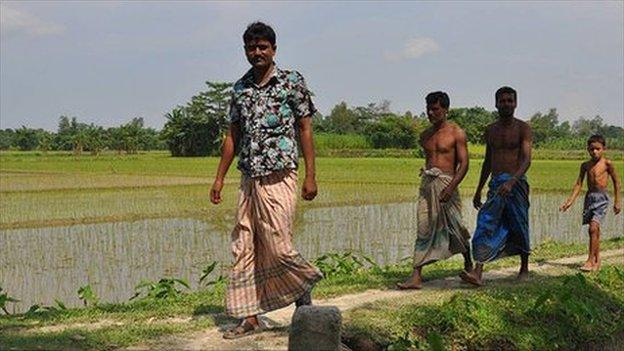Choosing citizenship on India-Bangladesh border
- Published
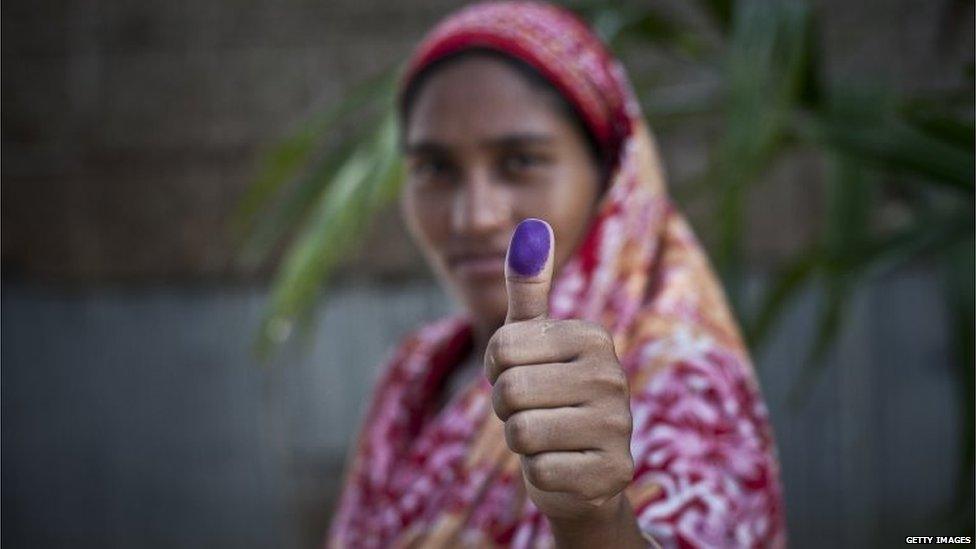
Enclave resident Musamat Lipi chose Bangladeshi citizenship
In May, India's parliament approved a key agreement with Bangladesh enabling the two countries to exchange control of areas of land on each other's territory.
Tens of thousands of Bangladeshis live in 51 enclaves in India, while Indians live in 111 areas within Bangladesh. The residents lack access to public services.
Under the new agreement, more than 50,000 villagers from both sides will be given the option to choose where they want to live and which nationality they would prefer.
People living in Indian enclaves inside Bangladesh are officially Indian citizens and those living in Bangladeshi areas inside India are Bangladeshis. The enclaves will cease to exist on 31 July.
Earlier this month officials of two countries began asking the residents of the enclaves which nationality they want to opt for after the exchange of enclaves.
Reports say the two sides will finalise the list by the end of July and arrange for the rehabilitation of the citizens in the country of their choice.
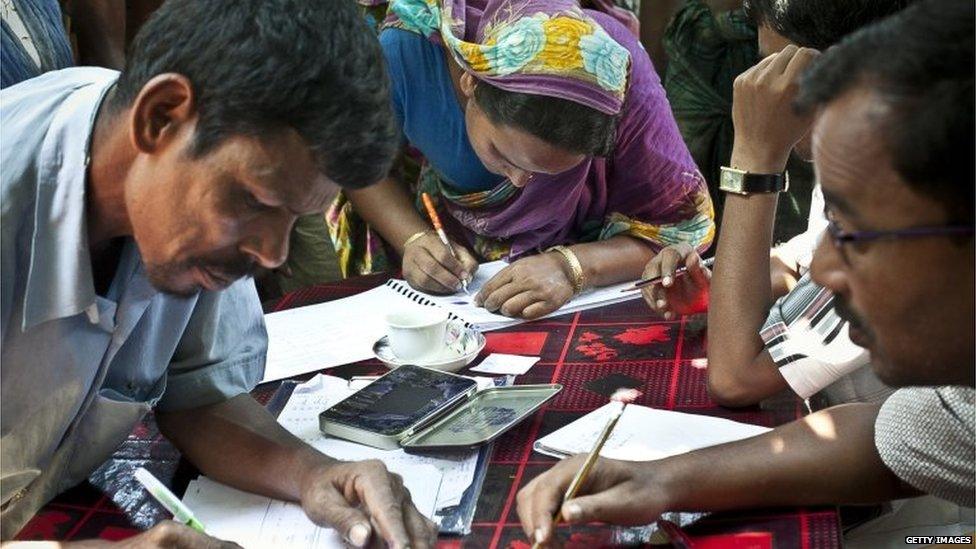
A total of 51,584 people in 162 enclaves will chose their nationalities by the end of July
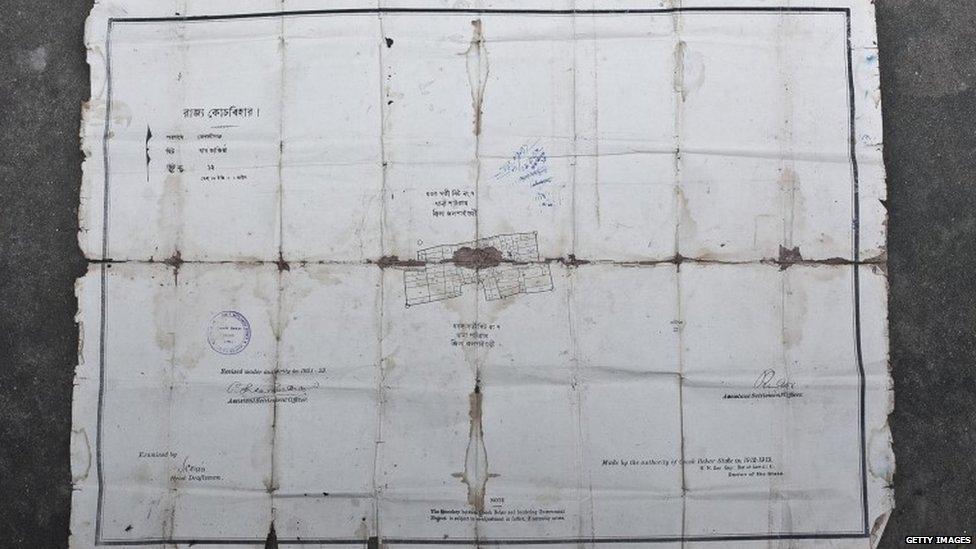
A map of an Indian enclave in Bangladesh. These enclaves are a legacy of colonial times and have been a contentious issue between the two nations for decades
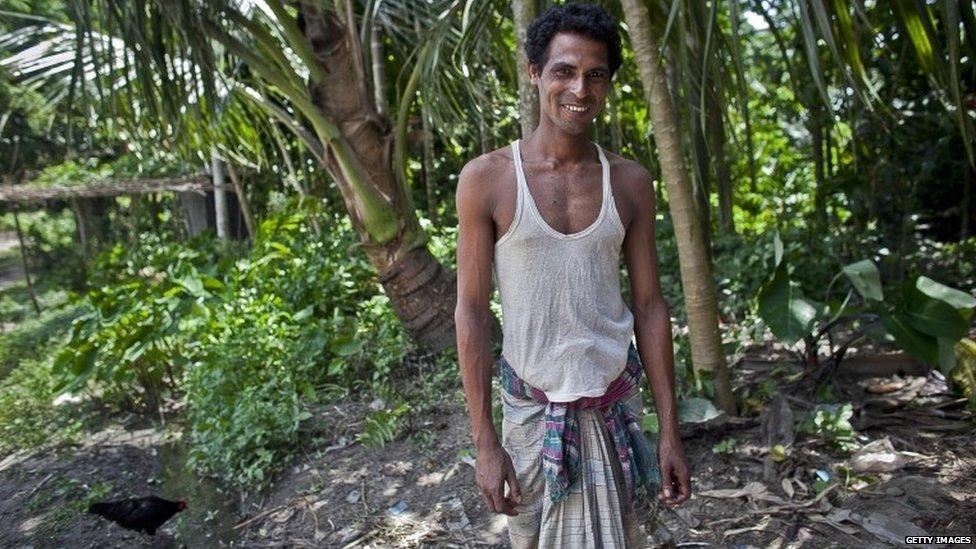
Anwarul Islam, an enclave resident, has chosen Bangladeshi citizenship
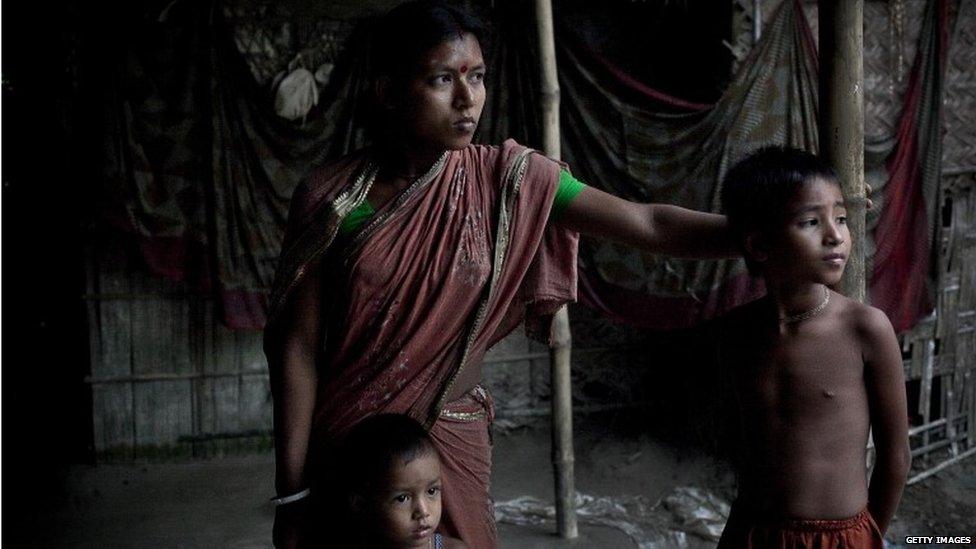
Bobita Rani, who lives in an enclave in Bangladesh, has chosen to move to India with her family
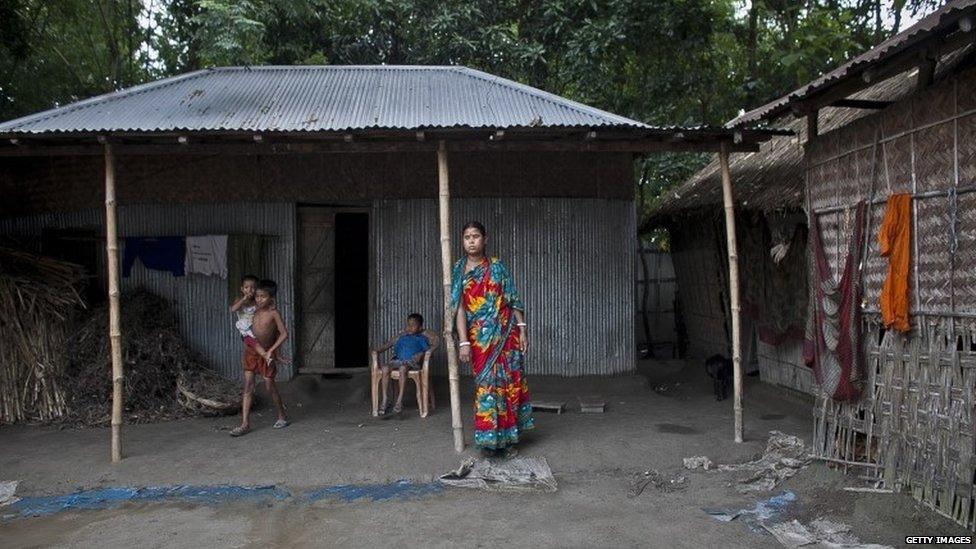
Shobita Rani and her family have chosen Indian nationality
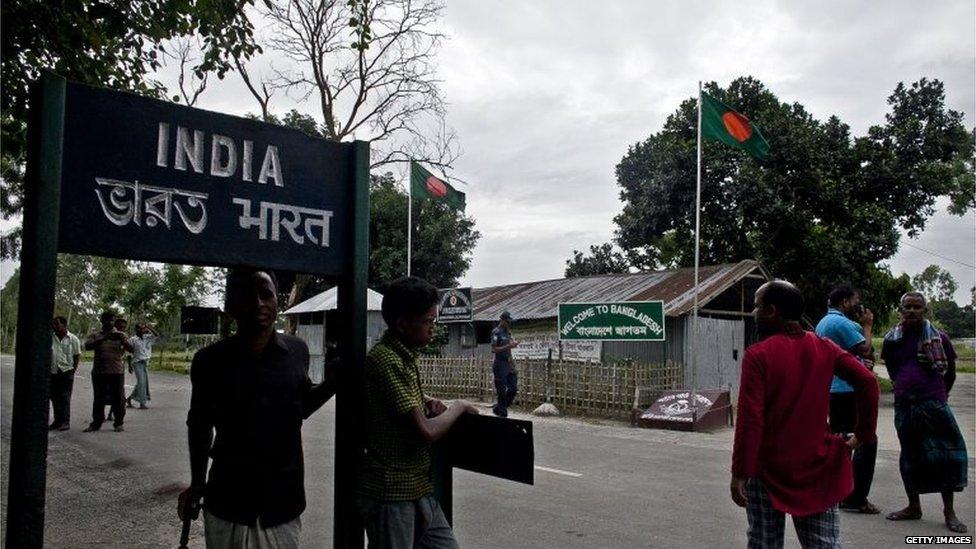
The exchange of people will happen through the border between the two countries
- Published21 March 2013
- Published8 May 2015
